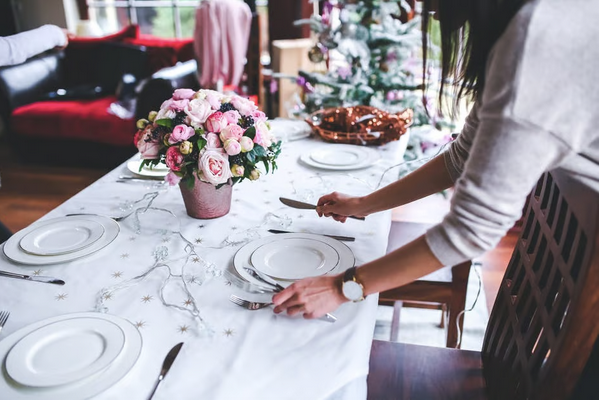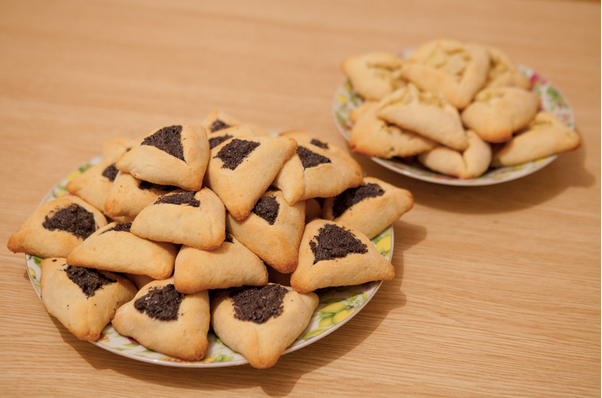Purim, a joyous Jewish holiday marked by feasting and merry-making, commemorates the salvation of the Jewish people in ancient Persia from Haman's plot to annihilate them, as recounted in the Book of Esther. Typically observed in the late winter or early spring, it is a time when communities come together to celebrate their heritage and resilience through a variety of customs and rituals. From dressing up in elaborate costumes to the giving of gift baskets and charitable donations, Purim embodies a spirit of generosity, community, and celebration. It serves not only as a historical milestone but also as a contemporary festivity full of color, joy, and reflection on themes of survival and unity.

The Reading of the Megillah
The centerpiece of the Purim celebrations is the reading of the Megillah, also known as the Book of Esther. This sacred text narrates the story of Purim, detailing the miraculous events that led to the salvation of the Jewish people from Haman's decree. The reading takes place in the synagogue, a gathering that brings the community together in both remembrance and celebration. Attendees actively participate by spinning graggers (noisemakers) every time the name of Haman is mentioned. This tradition is not merely for entertainment; it serves the profound purpose of symbolically eradicating Haman’s memory, reinforcing the victory of good over evil. This interactive aspect of the celebration fosters a deep sense of unity and engagement among participants, vividly bringing the ancient story to life in the modern day.
Mishloach Manot: Gift Baskets
A deeply cherished tradition of Purim is the exchange of Mishloach Manot, delightful gift baskets brimming with various foods and drinks. According to Jewish law, each person is required to send at least two different types of food to at least one person. These gifts are not only expressions of generosity but also serve a practical purpose: ensuring that all community members have enough food to partake in the Purim feast. Receiving or giving Purim Baskets, filled with an assortment of sweets and treats, symbolizes the joy and camaraderie intrinsic to the celebration of Purim. This tradition embodies the spirit of kinship and friendship, reinforcing communal bonds and ensuring that no one is left out of the celebrations.
The Purim Feast
The Purim festivities culminate in a joyous banquet, held after a day of fasting in memory of Esther’s courageous plea to save her people from destruction. This feast is characterized by exuberant gatherings of friends and family, who come together to share in the happiness of the occasion. The table is laden with traditional foods, with hamantaschen—a delectable three-cornered pastry filled with poppy seeds or sweet jam—taking center stage. The feast is a time of laughter, song, and gratitude, celebrating the survival and continued prosperity of the community in the face of past adversities.
Matanot La’evyonim: Gifts to the Poor
An integral aspect of Purim's celebration is the practice of Matanot La’evyonim, the giving of charitable donations to the poor. This tradition underscores the importance of community responsibility and generosity, ensuring that the joy of Purim reaches all, especially those in need. By extending a helping hand to the less fortunate, the celebration of Purim becomes a manifestation of the values of solidarity and compassion that are central to the Jewish faith.
Costumes and Masquerades
Purim is also synonymous with the tradition of wearing costumes and hosting masquerades. This practice is thought to symbolize the hidden nature of the miracles of Purim, as the divine intervention is subtly woven throughout the narrative of the Megillah without explicit mention. Participants don creative costumes, ranging from traditional attire to imaginative representations of characters from the Book of Esther, adding a vibrant layer of fun and creativity to the festivities. This custom not only allows individuals to express themselves in unique and festive ways but also contributes to the atmosphere of joy and merriment that defines the holiday. The masquerades and costumes remind participants of the deeper themes of identity and revelation that underpin the Purim story, encouraging reflection amid the celebration.

Purim stands as a testament to the resilience and spirited perseverance of the Jewish community, blending ancient traditions with contemporary celebrations. From the solemn reading of the Megillah to the joyful exchanges of Mishloach Manot and the charitable acts of Matanot La’evyonim, each custom contributes to a rich tapestry of community, generosity, and joy. The holiday encourages reflection on themes of survival, the triumph of good over evil, and the importance of unity and kindness. In donning costumes, sharing feasts, and reaching out to those in need, Purim exemplifies not only a historical victory but also a continued commitment to fostering a compassionate and vibrant community. As the echoes of graggers fade and the last of the hamantaschen are enjoyed, the spirit of Purim lingers, reminding us of the power of faith, the strength found in togetherness, and the enduring joy of celebration.
Our Style Guide



